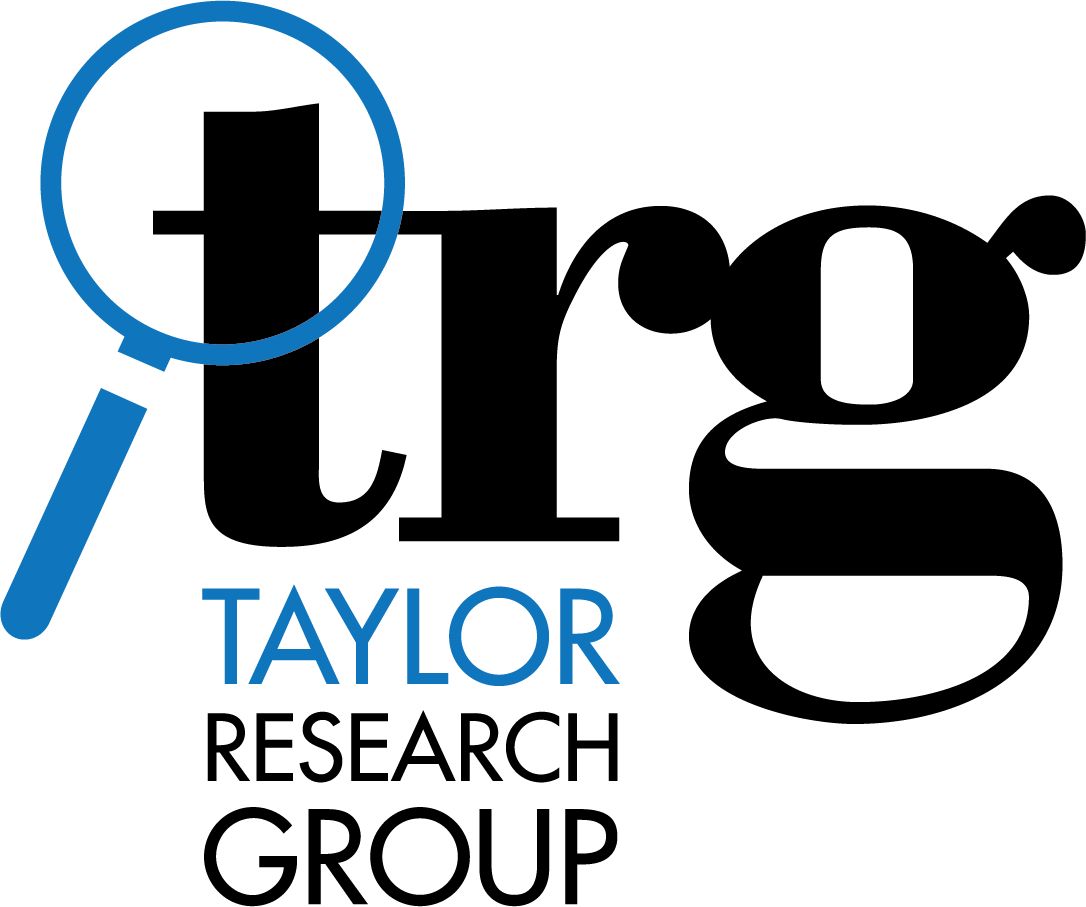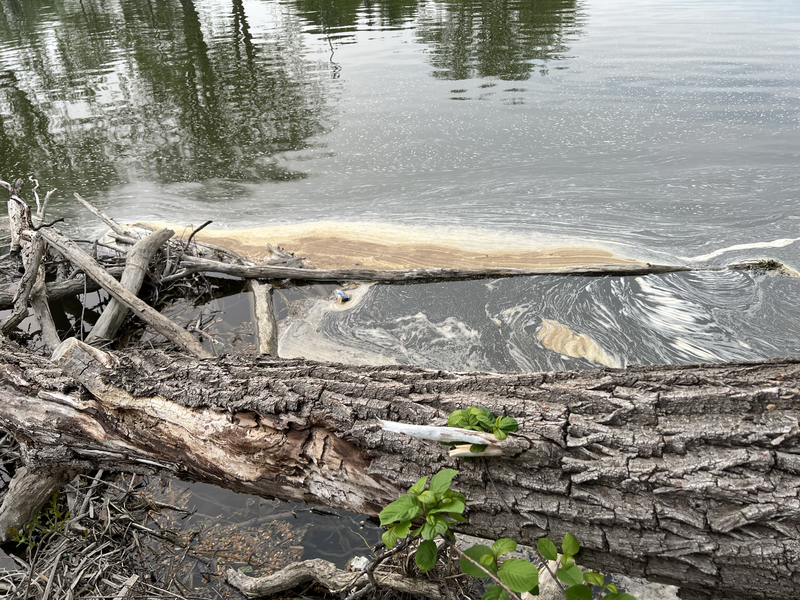Taylor Research Group (TRG) recently attended the Environmental Law Institute’s (ELI) monthly PFAS webinar briefing, and we are eager to share our key takeaways from a very timely and informative panel session. The Environmental Protection Agency (EPA) will designate Perfluorooctanoic Acid (PFOA) and Perfluorooctanesulfonic Acid (PFOS) as CERCLA hazardous substances any day now, so the panelists focused on the policy implications of this forthcoming designation. The theme that resonated most for TRG is that industrial firms (and their in-house or outside legal counsel) should prepare now to limit their potential liability costs.
First and foremost, the panelists shared that the designation would require industrial firms to report the release of PFOA and PFOS and provide regulators with the authority to respond to the releases and the threat of releases through cleanup efforts. Cleanup liabilities will also spread among all potentially responsible parties (PRPs) when addressing the contamination. Even more impactful, the new designation could trigger “reopeners” in which previously closed superfund sites are reopened to address PFOS and PFOA contamination. This would especially be the case for numerous superfund sites around military facilities which, as we’ve noted in past blogs, are major sources of PFOS and PFOA contamination.
Foam containing PFAS in Michigan’s Huron River. Photo Credit: Wikimedia Commons
The webinar also revealed that water utility companies will likely be shielded against liability for PFOS/PFOA contamination as long as they act in good faith. However, the panelists implored utility companies to take steps now to demonstrate their duty of honest contractual performance. First, wastewater utility companies should make sure that they are in compliance with the Clean Water Act (CWA) and their National Pollutant Discharge Elimination System (NPDES) permits. Second, they should also use their pretreatment authority under the CWA to identify and control any industrial sources of PFOS/PFOA pollution. This would mean that industries would be removing PFAS before sending their wastes to the wastewater treatment facilities and the chemicals would not be released into the city sewer system to begin with. In short, if utility companies act in good faith, they should not anticipate being included in third party suits for PFAS cleanup liability.
Finally, the overarching takeaway was that, if not prepared to act, industrial firms may face significant liability and cleanup costs. This is where TRG can help. Not only has TRG been a pioneer in researching historical usage and disposal of PFAS end-products such as AFFF during the last decade, we are highly experienced in assisting with industrial due diligence matters and environmental litigation generally. In previous posts, we have shared how we go beyond the standard Phase I Environmental Site Assessment (ESA) and how we have helped clients reconstruct the ownership history of a contaminated site. Efforts like these are part of the comprehensive yet affordable historical research services that we offer on a routine basis, and are essential tools for manufacturers, processors, end users, and their legal counsel, as they seek to show that they are acting in good faith while also understanding their risks and protecting themselves against potential cleanup costs.

